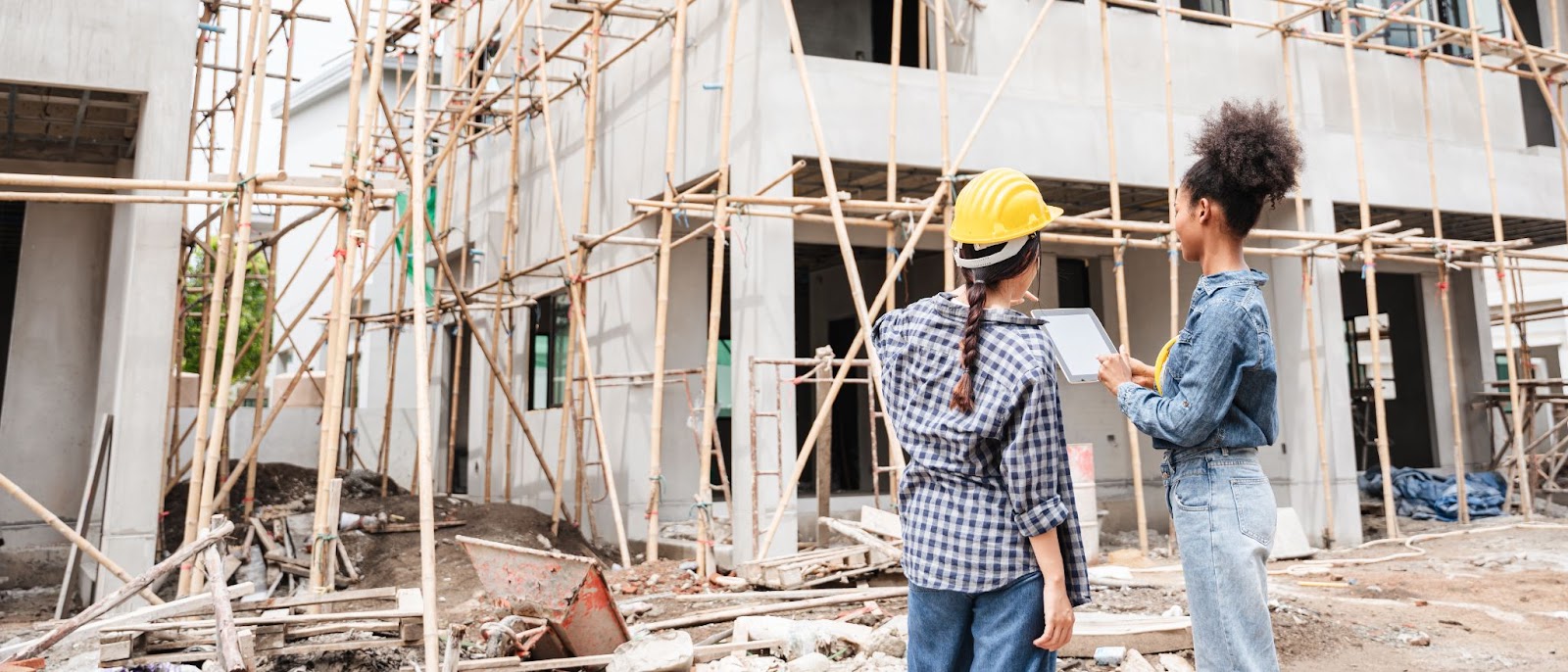When planning to build or renovate a home in Australia, choosing the right building contract is just as important as selecting your builder. Two of the most common contract types are fixed-price and cost-plus contracts.
Each comes with its own benefits, risks, and ideal use cases. Understanding the differences between them can help ensure your project runs smoothly and stays within budget.
What Is a Fixed-Price Contract?
A fixed-price contract, also known as a lump-sum contract, outlines a set price for the entire project before construction begins.
This amount covers all expected expenses, including labour, materials, and administration. Once the contract is signed, the builder is responsible for delivering the project at that agreed cost, barring any major changes requested by the homeowner.
Why choose a fixed-price contract?
-
Budget Certainty: You know exactly how much you’ll be paying, which makes it easier to organise finance and manage expectations.
-
Risk on the Builder: Any unexpected cost increases are generally absorbed by the builder.
-
Straightforward Process: With less need for itemised cost breakdowns, fixed-price contracts typically involve less day-to-day oversight.
What to watch out for:
-
Limited Flexibility: Making changes mid-build can be difficult and often comes with additional charges.
-
Built-In Buffers: Builders may factor in extra costs to protect themselves against the unexpected, meaning you could end up paying more than necessary.
-
Potential Quality Trade-Offs: To stay within budget, there may be pressure to use lower-cost materials or faster construction methods.
What Is a Cost-Plus Contract?

Unlike a fixed-price agreement, a cost-plus contract involves paying the builder for the actual costs of labour and materials, plus an agreed fee or margin. This arrangement offers more flexibility and transparency but requires more active involvement from the homeowner.
Why choose a cost-plus contract?
-
Greater Flexibility: Ideal for complex or custom builds where costs can be unpredictable.
-
Transparency: You'll receive detailed invoices and can track exactly where your money is going.
-
Potential Cost Savings: If the build goes smoothly and under budget, you only pay for actual costs—potentially less than a fixed-price contract.
What to consider:
-
Uncertain Final Cost: Since costs are calculated during the build, it’s harder to predict the total spend at the outset.
-
Higher Oversight Needed: To avoid overspending, homeowners often need to stay closely involved in reviewing expenses.
-
Greater Risk of Overruns: Without strict cost control, the project may exceed your budget expectations.
Which Contract Type Is Best for You?

The right choice depends on your project type, budget flexibility, and appetite for risk.
-
Go with a fixed-price contract if your plans are detailed and unlikely to change, and you want price certainty with minimal involvement.
-
Opt for a cost-plus contract if your project is more fluid, you want flexibility, and you're comfortable managing ongoing expenses.
In either case, it’s essential to read the fine print and seek legal advice before signing. Understanding what’s included, how variations are handled, and who covers unforeseen expenses can protect you from unexpected surprises.
Both fixed-price and cost-plus contracts have their place in the building industry. The key is aligning your contract with your project goals and financial comfort zone.
Publisher Website: www.homeshelf.com.au